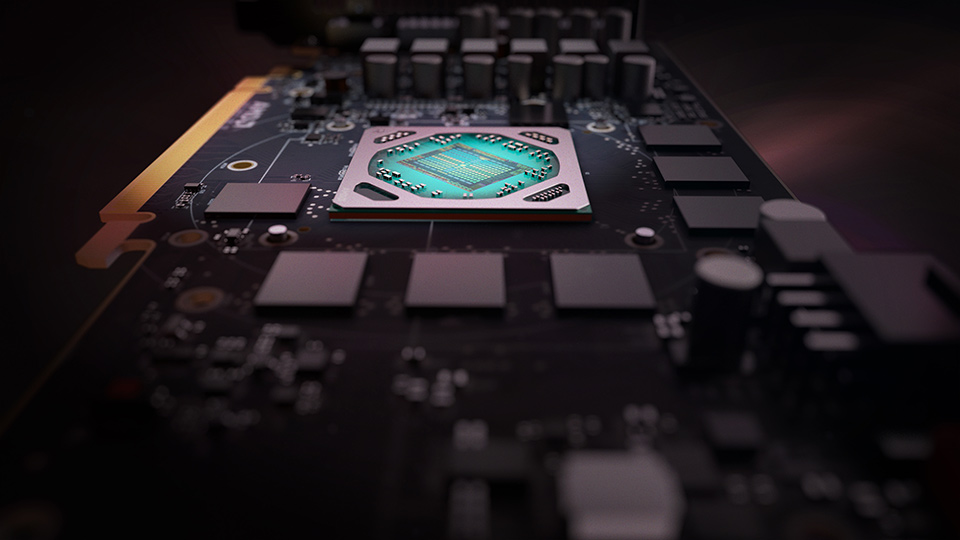
Maybe it was the overstated risks versus AMD’s organisation or the semi-unprofessional method the hazards were brought to light but no matter– security start-up CTS-Labs claims of security holes in the chipmaker’s Ryzen and Epic processor lines are now being lambasted across the security community.Earlier this week Threatpost wrote of the CTS-Labs report that its researchers had found 13 important vulnerabilities and exploitable backdoors in AMD’s EPYC server, Ryzen workstation, Ryzen Pro and Ryzen mobile offerings. Amongst the most outright problems CTS-Labs blogged about in a white paper consisted of: AMD Examining Reports of 13 Important Vulnerabilities Found in Ryzen, EPYC Chips China-Linked APT15 Utilized Myriad of New Tools To Hack UK Federal Government Contractor Firefox, Chrome Patch Vulnerabilities, Add Security Functions-The AMD Secure Processor, the gatekeeper responsible for the security of AMD processors, contains critical vulnerabilities that might let enemies permanently set up destructive code inside the Secure Processor itself.-Secure Encrypted Virtualization, an essential security feature that AMD advertises as one of its primary offerings to cloud companies– might be beat as quickly as aggressors acquire destructive code execution on the EPYC Secure Processor
.”In our opinion, the basic nature of a few of these vulnerabilities totals up to complete neglect of fundamental security principles. This raises worrying concerns relating to security practices, auditing, and quality assurance at AMD,”CTS composed.”The Ryzen and Ryzen Pro chipsets, presently delivering with exploitable backdoors, might not have passed even the most simple white-box security review. The Secure Processor, presently delivering with no less than ten crucial vulnerabilities that bypass the majority of its
security features, is afflicted with basic security design errors. Neither the Security Processor nor the Chipset use any significant mitigations versus exploitation ought to vulnerability be found, “CTS said.While such extreme observations are not totally uncommon, a number of red flags have popped up given that the company released the report.For example, AMD was apparently informed about the CTS findings only about 24 hours prior to they were made public. Lots of scientists, upon discovering vulnerabilities give the vendor in question weeks, sometimes months
to check out the circumstance and even let the establish a spot for the problem. Of course there is industry argument over that treatment. In
this case though AMD was taken aback.AMD composed:”This company was formerly unidentified to AMD and we discover it uncommon for a security company to publish its research study to journalism without providing a sensible amount of time for the company to examine and address its findings.”AMD says it is checking out the situation.Others questioned the motive of disclosing the vulnerabilities so quickly. Reports from PC Gamer and The Register kept in mind the link between the connection in between CTS and others gotten in touch with the business. PC Player wrote: “What is suspect, nevertheless, is that a different site called Viceroy Research put out a report based on the start-up’s findings , with the ridiculous conclusion that’ AMD deserves$0.00 and will have no option but to submit for Chapter 11 insolvency in order to successfully handle the repercussions of recent discoveries.’Inning accordance with< a href=https://www.theregister.co.uk/2018/03/13/amd_flaws_analysis/ > The Register, Viceroy Research study verified it has a short position on AMD’s stock and plans to increase that position– implying that Viceroy has a direct monetary stake in driving AMD’s stock cost down. Viceroy creator John Perring also stated he got a copy of the report through an anonymous source and found it’reputable.'”A video report from Gamers Nexus on other suspect issues around the CTS findings entitled “Assassination Effort on AMD by Viceroy Research Study & CTS Labs” can be discovered here. Even Linux’s developer Linus Torvalds, had an opinion on the CTS-AMD report. He composed in a Google+conversation, “When was the last time you saw a security advisory that was
generally’if you change the BIOS or the CPU microcode with a wicked variation, you might have a security issue?’ Yeah.” The action from the< & a href ="https://twitter.com/search?q=cts-labs&src=typd"> twitterverse has been just as dismissive– a common example:”Is CTS-Labs legit? 24 Hr’notification & a professional site on a flaw which can relatively be repaired by firmware looks like somebody wishing to make quick cash on a brief stock play.”So, CTS-Labs provided AMD less than 24 Hr to take a look at the vulnerabilities and respond prior to
#infosec– Henrik Johansen (@HenrikJohansen)< a href= "https://twitter.com/HenrikJohansen/status/973604911249350656?ref_src=twsrc%5Etfw"> March 13, 2018 Possibly among the issues in this case is that this report comes on the heels of the Intel Spectre and Disaster vulnerabilities in that CPU security problems effect everyone so they get
great deals of attention, Richard Stiennon chief research expert at IT-Harvest informed Threatpost.”It does not help that vendors like Intel have actually been so slow to respond to these problems either.”Disclosed previously this year, Threatpost wrote Spectre and Meltdown,”are far reaching and impact a large range of microprocessors used in the previous years in computer systems and mobile phones including those running Android, Chrome, iOS, Linux, macOS and Windows. While Crisis just affects Intel processors,
Spectre impacts chips from Intel, AMD, ARM and others .”In attempting to settle a few of the dust-up, a post by Ilia Luk-Zilberman, CTO of CTS-Labs perhaps stoked it even more:”I know there are lots of questions, and a great deal of confusion. We are trying our best to address press reporters, update our website with Q&A, and clarify exactly what’s going on. Up until now the media focus was on CTS, and I believe I comprehend this, but soon
we will have to deal with that a huge company with products spread out throughout countless computers worldwide,
is filled with many issues that it’s uncertain ways to even address this.” (This post was composed by guest author Michael Cooney. He can be reached at @Mcooney59 )